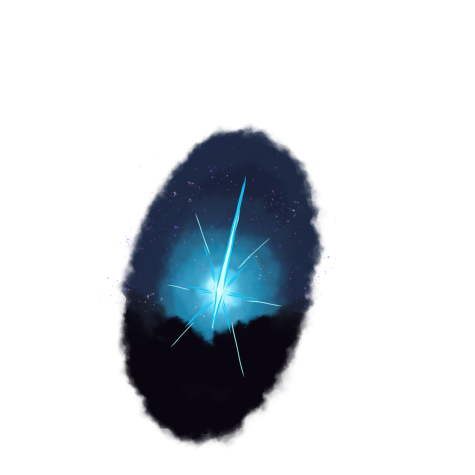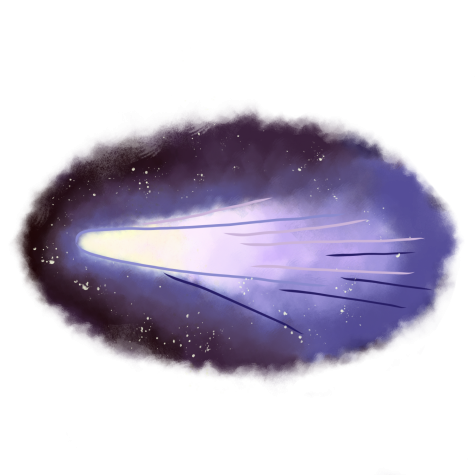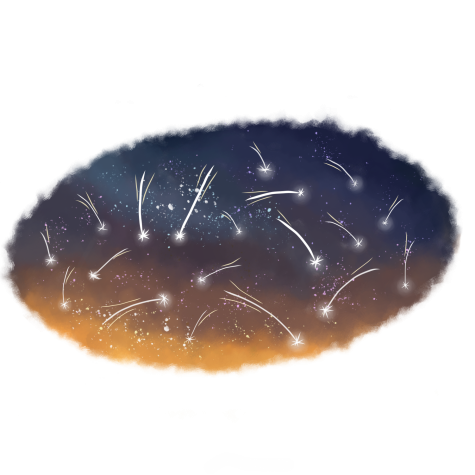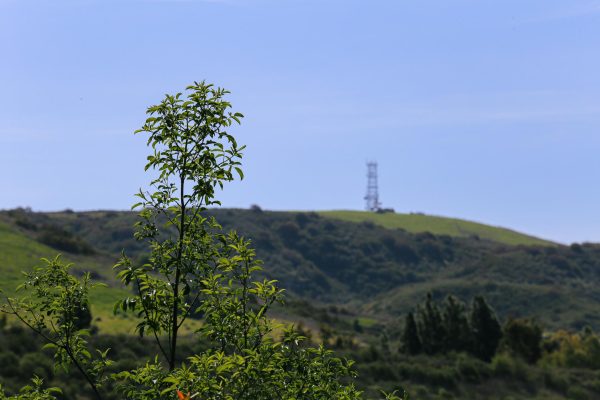Wonders of the Sky
Look up and forward to these phenomenal astronomical events

Geminid Meteor Shower
Though we’ll have to wait until Dec. 7 to 17 this year to see the Geminid meteor shower, it will definitely be worth the wait. Viewable from all around the world, the Geminid meteor shower is a stunning multi-colored meteor shower show that peaks on Dec. 13 and 14. The Geminid shower is best seen in western North America, with over 120 meteors per hour during its peak. This shower is produced from fragments left behind by 3200 Phaethon, an active Apollo asteroid, or an asteroid that orbits near Earth and was discovered by German astronomer Karl Reinmuth. The Geminid meteor shower is considered one of the most anticipated meteor showers of the year by enthusiasts and experts alike. Because it annually produces a stunning show, many people flock to higher grounds away from cities to view it each year.
Halley’s Comet

Halley’s Comet, which gained its fame from Mark Twain, a famous American author and humorist, is anticipated to return in 2061. The comet is named after English astronomer Edmond Halley, who determined that what was believed to be three separate comets from 1531, 1607 and 1682 were actually the same comet. He successfully predicted that the comet would return in another 75 years. Though the astronomer did not live to see the comet return in 1758, Halley became the namesake for this famous comet. This comet has appeared throughout history. Not only was Mark Twain born under the comet in 1835, but he also passed with the comet in 1910. The first recorded sighting of Halley’s Comet was in 239 B.C. by Chinese astronomers and recorded in Shih Chi and Wen Hsien Thung Khao chronicles. It was later recorded by Babylonian astronomers; the comet last passed by Earth in 1982 during the Space Age.
Lyrids Meteor Shower

Imagine looking up in the sky and watching a falling star streak across the sky. Although falling stars are not actually falling stars, but meteors burning in the atmosphere, there will be a meteor shower from April 12 to 30 this year. Known as the Lyrids meteor shower, this annual meteor show peaks on April 21 and 22. Scientists have determined that the Lyrids meteor shower is produced by fragments left behind by C/1861 G1, or Comet Thatcher. Comet Thatcher is a long-period comet that returns approximately every four centuries and was first discovered in 1861 by amateur astronomer A. E. Thatcher. The first sighting of this meteor shower was recorded 2,700 years ago by Chinese astronomers. Though the Lyrids meteor shower is considered a medium sized shower, during the shower’s peak, there will be approximately 20 meteors per hour. While meteor showers continue during the whole day, the Lyrids meteor shower will be especially visible at night with a clear viewing sky.
Your donation will support the student journalists of Woodbridge High School. Your contribution will allow us to purchase equipment and cover our annual website hosting costs.

Hey, Woodbridge! I'm so excited to bring the Golden Arrow to you this year as a Co-Editor-in-Chief. Working with our amazing team, I will strive to maintain...

Hey Warriors! I am so excited to begin another volume of the Golden Arrow. Coming into my third year in journalism, I plan to serve our publication as...





